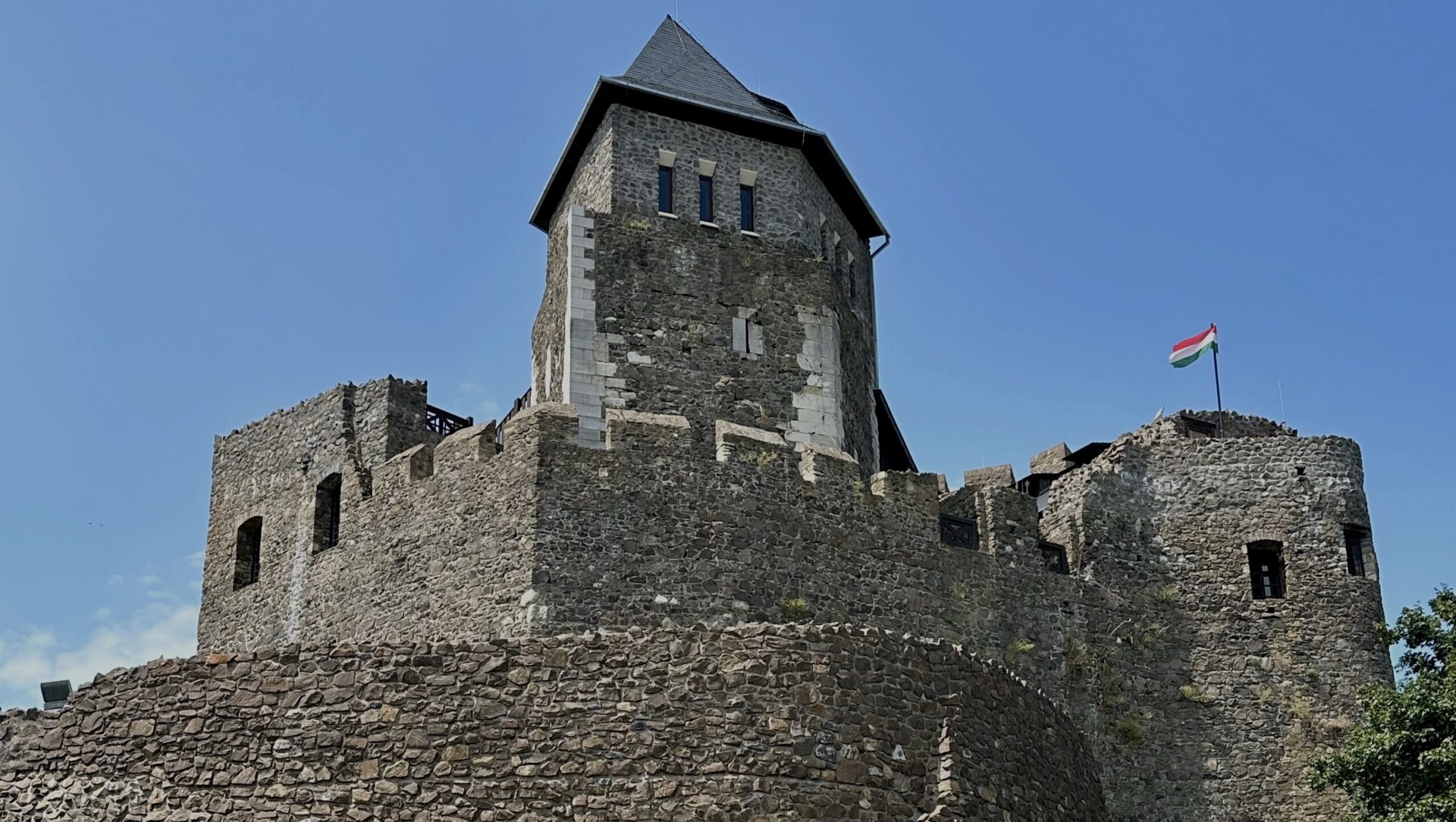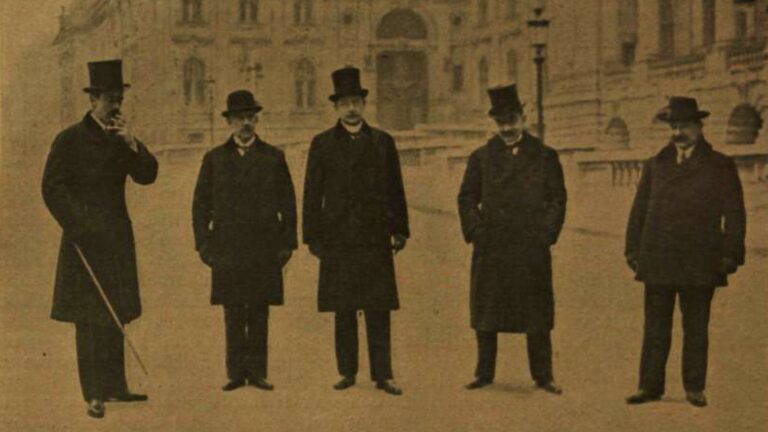A visit to the Castle of Hollókő offers a refreshing adventure amid shadowed walls, a welcome respite from the summer heat.
Rising atop a rugged hill in Northern Hungary, the Castle of Hollókő stands as a monument to centuries of Hungarian endurance, valour, and cultural continuity. Its history, etched into the stones of its irregularly shaped fortifications, embodies the unwavering spirit of our nation, forged through hardship and triumph.
Foundations in the Age of Invasion
Following the devastation of the Mongol invasion, the members of the Illés branch of the Kacsics clan began the construction of the fortress upon a rocky outcrop beside the village of Hollókő. Some sources suggest that the lower levels of the old tower may have already been erected by Kacsics András prior to 1241. The earliest known reference to the stronghold appears in a charter from 1310, under the Latin name Castrum Hollokew.
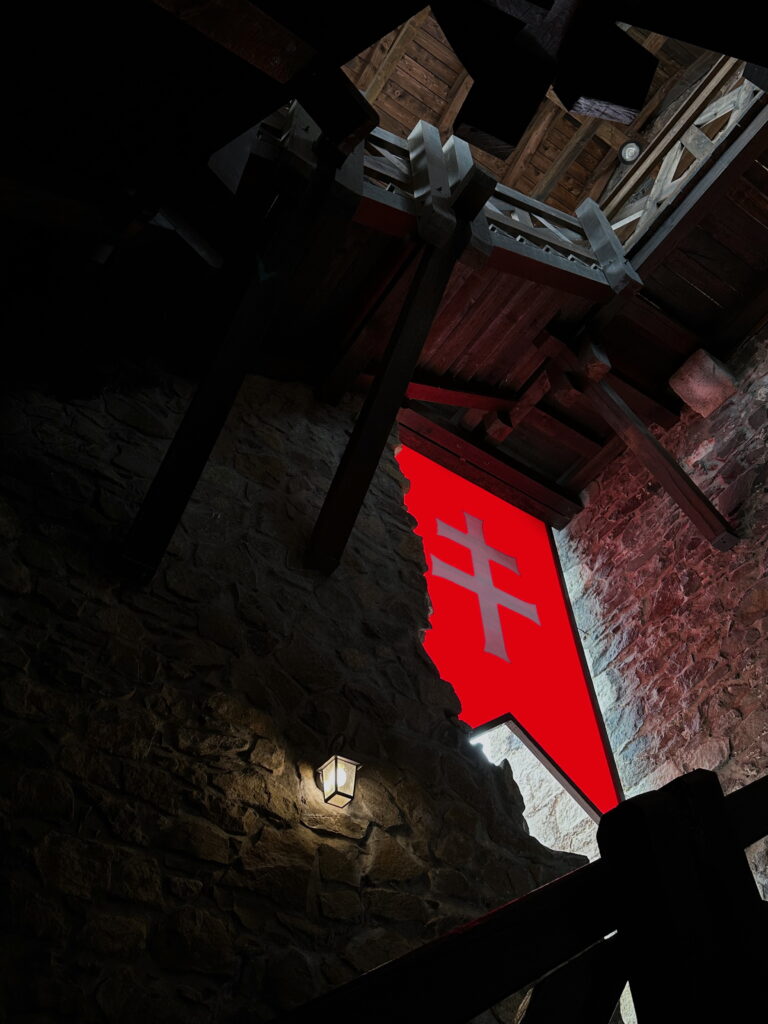
Throughout the 14th century, the Kacsics clan were compelled to submit to the powerful oligarch Máté Csák during a period of domestic feudal strife. It was only following Csák’s death in 1327 that King Charles I of Anjou was able to assert royal authority over the region and grant the castle to his loyal supporter, Tamás Szécsényi, himself of Kacsics descent. This marked the beginning of the Szécsényi family’s extensive fortification efforts, which included enclosing the keep, building new palace wings, and constructing water cisterns—an early expression of the Hungarian architectural genius for adapting form to purpose.
Fortress of the Nobility
During the 15th century, the castle became the site of various political and military episodes. Following the inheritance dispute after Szécsényi László’s death, the fortress passed into the hands of two noble houses: the Losonczi and Guthi-Országh families. These conservative magnates undertook significant renovations, adding Gothic elements, new levels to the palace, and advanced defensive features such as fortified corridors and gate towers. These changes not only reflected the growing need for security but also the rising prestige and wealth of Hungary’s landed aristocracy.
Bastion Against the Crescent Moon
In the 16th century, with the fall of Nógrád to the Ottomans in 1544, Hollókő was integrated into the Habsburg frontier defence system. Though never a major fortress, it played a role in deterring Turkish raiding parties from terrorizing the peasantry of the surrounding Hungarian heartland. In 1550, a symbolic duel between the Hungarian captain György Kapitán and the Ottoman commander Hubiár Agha on the Buják field captured the valour and honour of the age.
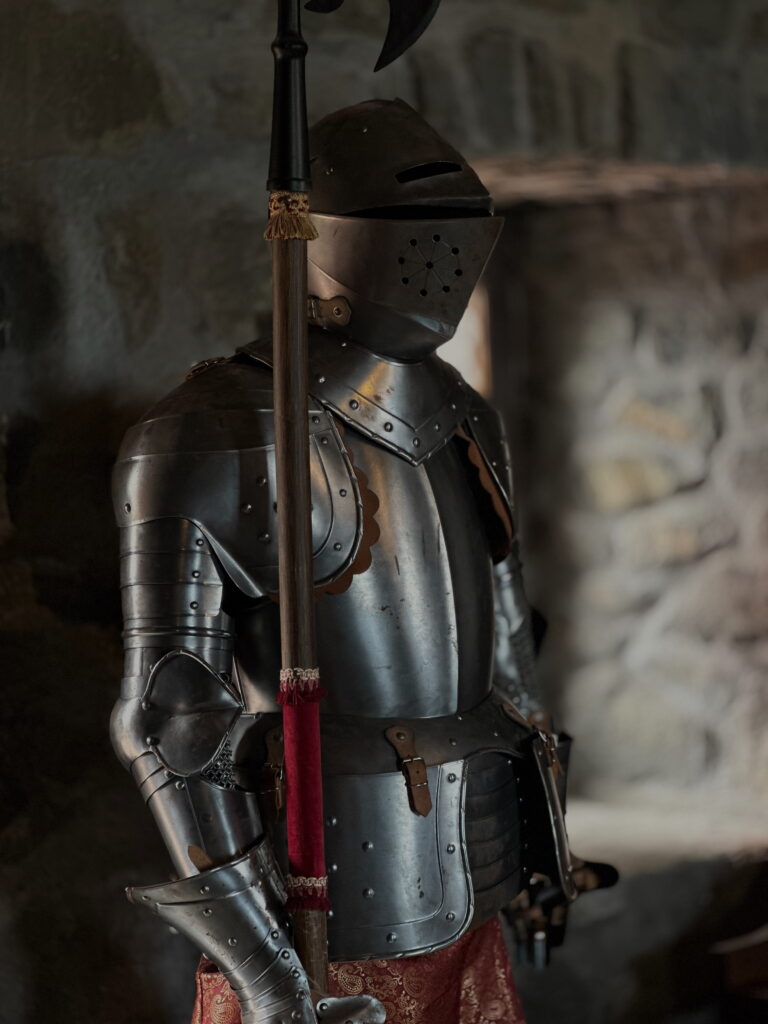
The castle fell to the Turks in 1552 without a fight—its defenders, demoralized by internal rivalries, fled before the enemy. Still, even under occupation, Hollókő retained its Hungarian identity. The castle was eventually retaken peacefully in 1593 by royal forces under the leadership of Bálint Prépostvári.
Decline and Resurrection
Following another brief period of Turkish control (1663–1683), the castle was liberated by the army of King John III Sobieski of Poland, on his victorious return from lifting the Siege of Vienna. Though Emperor Leopold I later ordered its demolition, the fortress was spared full destruction due to financial constraints and the pragmatic will of local nobles. By the 18th century, Hollókő was abandoned and fell into ruin, though it never vanished from the Hungarian cultural memory.
Despite centuries of neglect and stone looting, Hollókő remains the most intact medieval fortress in the county, a rare and dignified relic of Hungary’s medieval military architecture. The castle was excavated between 1966 and 1969, and its restoration began in 1970. Today, it is a protected site and a proud symbol of national heritage.
Modern Conservation with Patriotic Purpose
Following a comprehensive restoration in 2014–2015, the castle was reopened to the public. The old tower, long sealed, was once again made accessible. Various rooms—such as the captain’s quarters and the dining hall—have been faithfully restored, and exhibition spaces now house interactive displays, including a 3D film chronicling the castle’s construction. Workshops such as a smithy and a kitchen, as well as an armoury, now offer visitors a glimpse into the medieval Hungarian way of life.
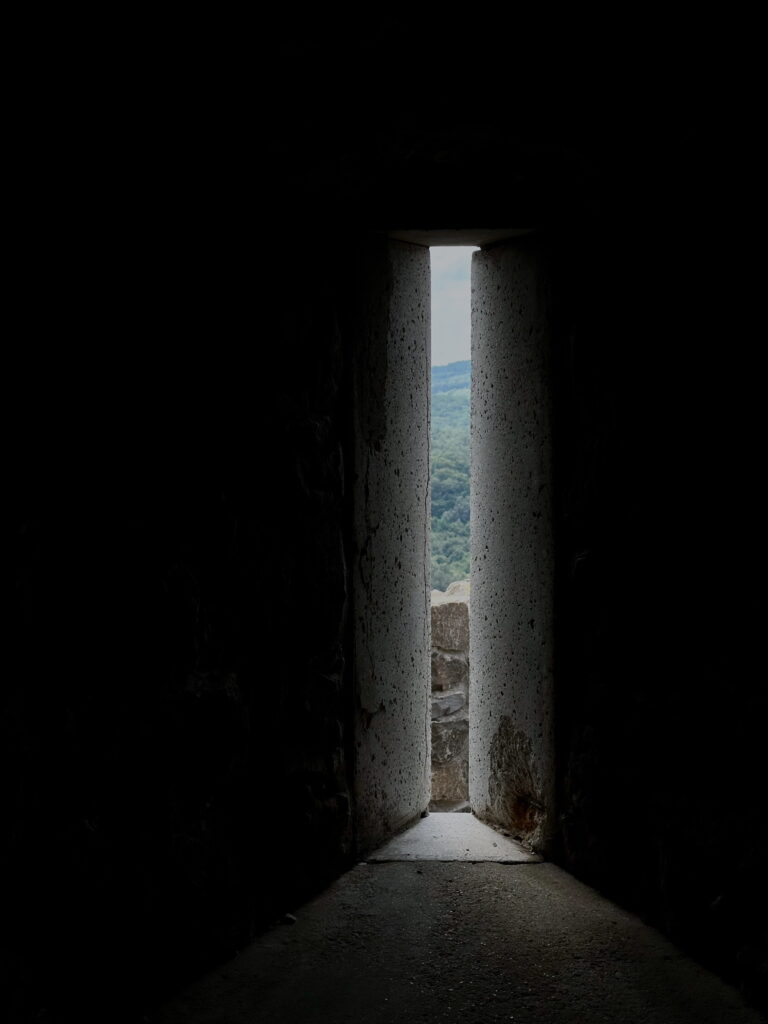
Hollókő Castle is a key site within Hungary’s National Castle Programme, a state-led initiative to restore and honour the historic strongholds that once defended our homeland. The planned third phase of the programme will further elevate the castle’s stature as a beacon of national remembrance.
The Symbolism of Stone and Spirit
The castle’s spiral form, seen from above, evokes the image of a snail shell, its centre marked by the five-sided old tower that dates back to the 13th century. Over time, the castle expanded in step with the growing needs and ambitions of its noble lords. A chapel was added beside the knight’s hall, and the fortress walls were reinforced with moats and drawbridges. Though it ultimately fell to the Ottomans, its stones bore witness to centuries of defiance. Hollókő Castle remains a proud testament to our nation’s enduring spirit, a bulwark of heritage amidst the passage of centuries. It stands as a reminder that until we had castles, we had no country. The preservation of this fortress affirms the importance of safeguarding our cultural legacy for future generations. As we mark ten years since its meticulous restoration, Hollókő continues to inspire a sense of national pride and resistance, standing firm as a symbol of Hungary’s unyielding identity and historical continuity.
Related articles:

